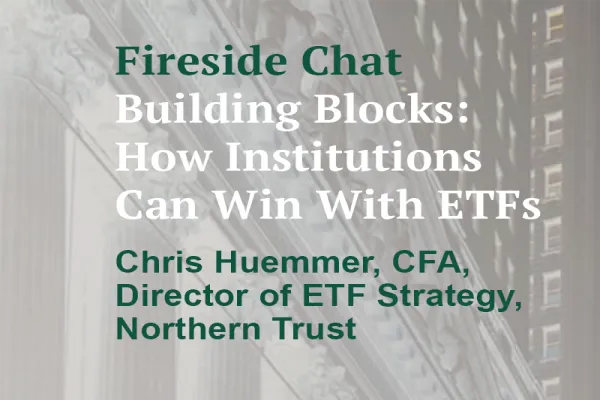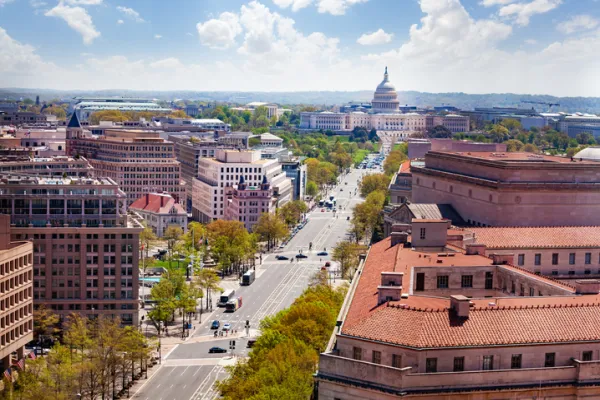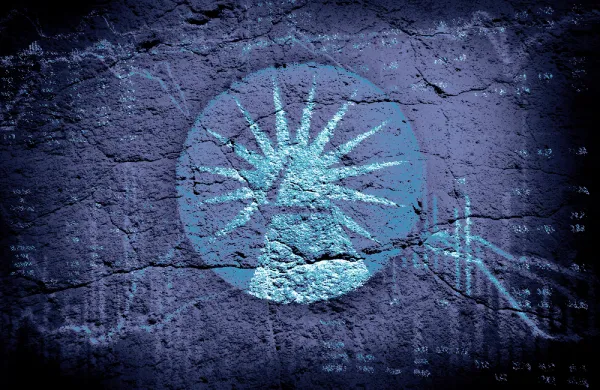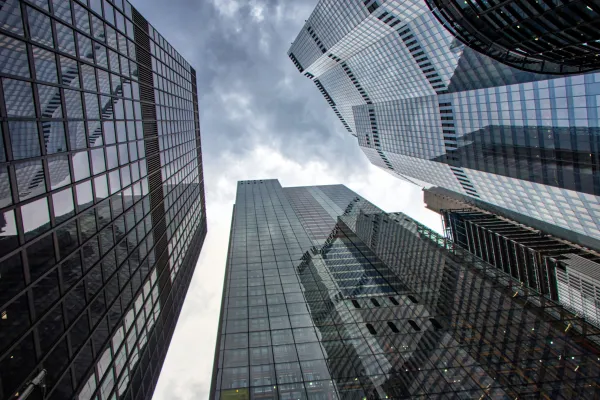A number of AQR Capital Management’s main hedge fund strategies posted strong results in September. As a result, all funds are up by mid- to high teens for the year to date.
Assets under management at the firm headed by Cliff Asness, who founded AQR with David Kabiller and John Liew, have rebounded sharply in recent years, to $166 billion as of the end of September. The firm’s assets under management had dropped to $95 billion in 2022 but grew to $99 billion by the end of 2023 and to $114 billion at the close of 2024.
The $5.3 billion AQR Apex strategy, the firm’s flagship offering, gained 4 percent in September and is now up 15.6 percent for the year, according to someone familiar with the results.
Stock selection has been the largest contributor all year for the multistrategy fund. In September, directional macro also made money, with increases from equities, fixed income, currencies, and commodities, the source says. Arbitrage produced gains from mergers, convertibles, and event-driven substrategies, whereas market-neutral macro was a moderate detractor for the month. Arbitrage also kicked in gains for the year, as did directional macro. Market-neutral macro has been close to flat for 2025.
AQR Helix, the firm’s $4.6 billion alternative trend-following strategy, climbed 6.3 percent in September and 13 percent for the year. The September rise was driven by trends in the equity factors component. Helix also saw gains from alternative commodities, volatility futures, interest rate swaps, and country-specific yield curves.
For the year, performance was boosted by trends in market-neutral equity factor portfolios and country-specific yield curves. It was also aided by favorable trends in volatility futures and emerging-markets interest rates. Trend reversals in alternative commodities, however, resulted in losses.
AQR Adaptive was up 3.4 percent in September and 17.5 percent for the year. The market-neutral equity strategy currently manages $4.6 billion. Performance in September and for 2025 was driven by a broad array of signal types, according to the source. So far this year, returns have been fairly broad-based geographically, with contributions from stock selections in the U.S., Europe, and Japan.
The AQR Delphi Long-Short Equity strategy rose 2.9 percent in September and 14.3 percent for the year. It invests long in lower-risk, higher-quality stocks and invests short in higher-risk, lower-quality stocks. It currently manages $5.3 billion. Its strong performance both in September and year-to-date has been driven primarily by stock selection within Europe, the U.S., and Japan.
Trend-following AQR Managed Futures Full Volatility Strategy surged 9.3 percent in September, bringing gains for the year to 17.7 percent. The strategy, which has $5.8 billion in assets, has been fueled this year by trend following in equity indices, as well as by trends in harder-to-access alternative markets, especially in market-neutral equity factors. In September, the strategy also rose, driven by trends in currencies, traditional commodities, and traditional fixed income.







